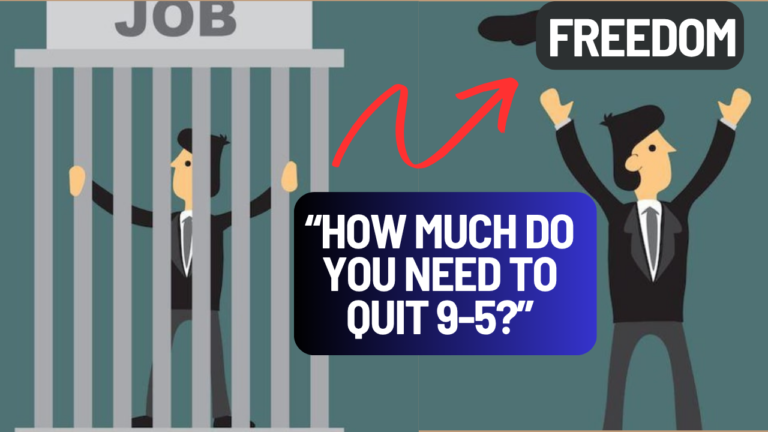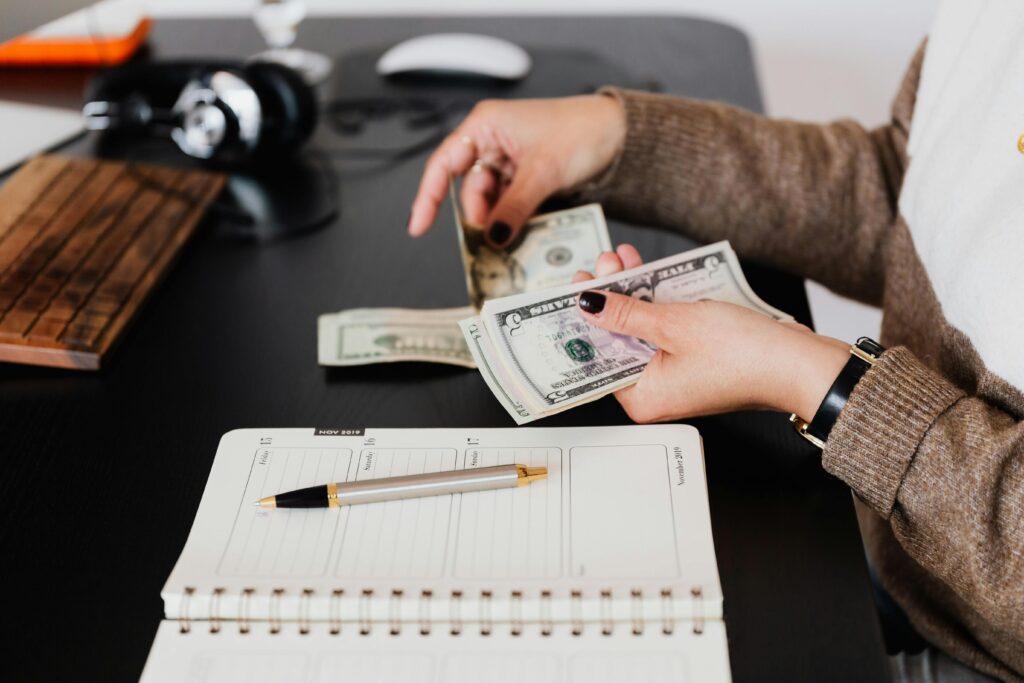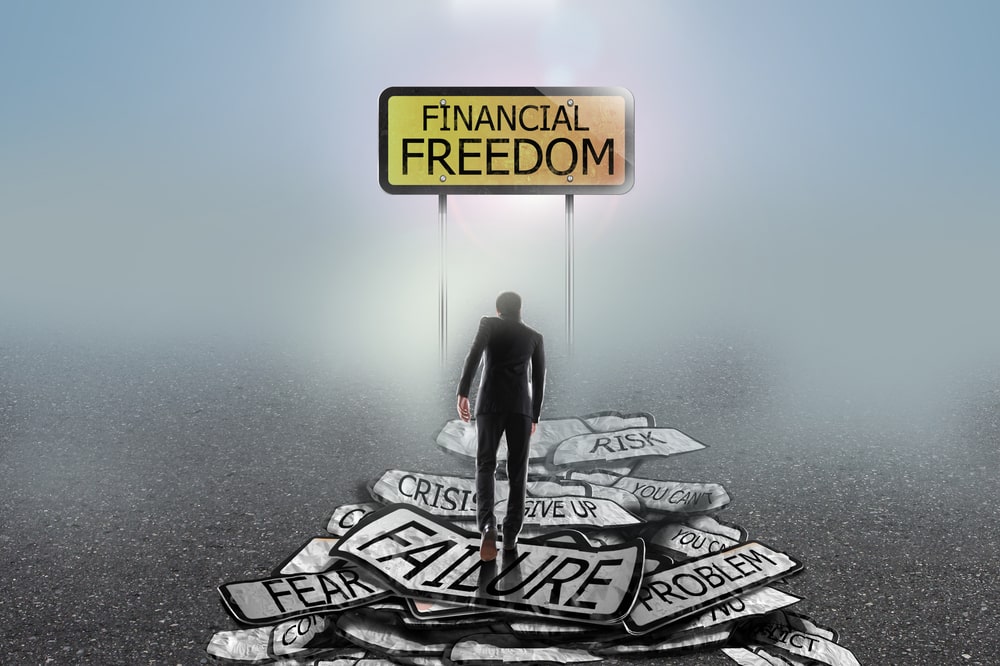How I Calculated My Financial Freedom Number (As a Normal Person)
Table of Contents
Toggle
Introduction
Financial freedom — it sounds like a luxury, right? Something reserved for millionaires, tech founders, or lottery winners. But here’s the truth: financial freedom is not about being rich. It’s about having enough. Enough to cover your lifestyle without relying on a 9-to-5 job, enough to spend your time how you choose, and enough to feel secure — no matter what life throws at you.
The question is: how much is “enough”?
In this post, we’ll break down a simple, step-by-step method to calculate your own financial freedom number — the amount you need invested to live life on your terms. Whether you’re aiming to retire early, build passive income, or just gain more control over your time, it all starts with knowing your number.
Let’s dive in.
💸 What Does Financial Freedom Really Mean?
For some people, financial freedom means retiring early. For others, it’s having enough passive income to never rely on a 9-to-5 job again. No matter your definition, one thing is clear: You need a specific number to aim for. Not just “I want to be rich.” That’s too vague. Your first step is understanding your monthly expenses.
📝 Step 1: Know Your Monthly Expenses
I started by tracking my basics—rent, groceries, transport, etc. Right now, my average monthly spending is around £1,000.
But we all know inflation is real, and prices won’t stay the same. So I added a buffer and assumed future expenses at around:
£1,600 per month
→ £19,200 per year

📝Step 2: Apply the 4% Rule
Here comes a helpful shortcut—the 4% Rule. It’s a popular rule used in retirement planning. It says you can safely withdraw 4% of your investment portfolio each year without running out of money. So, to find my financial freedom number:
£19,200 x 25 = £480,000
I rounded it up to £500,000 for a safety buffer. This means if I have £500K invested, earning at least 4% per year, I can live off £19,200 annually—without touching the principal.
💰 Step 3: Where You Live Matters!
Here’s something I found really interesting—your location has a big impact on your financial freedom number.
I’m currently living in the UK, so I calculated based on UK costs.
But if I were to retire in Nepal, where I’m originally from, the cost of living would be almost half!
UK: £500,000
Nepal: around £250,000 (or even less)
So depending on where you live—or choose to live—your path to financial freedom could be much shorter than you think.
🎯 Step 4: My Plan to Reach Financial Freedom
£500,000 might sound overwhelming, especially if you’re just starting out. I get it—I’m right there with you.
But here’s how I’m approaching it step-by-step:
1. Save and Invest Consistently
Even small amounts, invested monthly, will compound over time.
2. Increase Income
That could mean picking up new skills, starting side hustles, or finding passive income sources.
3. Reduce Expenses
The less you spend, the less you need to save to reach your goal.
4. Stay Flexible
I’m open to relocating, adjusting my lifestyle, or exploring creative ways to cut costs. Financial freedom is about having options.
So, What’s Your Number?
Here’s how to figure it out:
Track your monthly expenses
Multiply by 12 to get annual costs
Multiply by 25 (based on the 4% Rule)
Adjust for your location and lifestyle
It’s that simple.
You don’t need to guess anymore. Know your number, aim for it, and take control of your future.
🔚 Final Thoughts
Financial freedom isn’t reserved for hedge‑fund millionaires. It’s for teachers, carers, coders—normal people who dare to run the numbers and take control. The earlier you start, the more time does the heavy lifting.
Ready to crunch your digits? Drop your freedom number (or your best guess) in the comments—I’d love to cheer you on. And if this helped, share it with a friend who still thinks you need a lottery ticket to retire early.
Here’s to living on our own terms—one pound at a time!
(Not financial advice, just one guy’s roadmap. Do your own research or chat with a professional if you need personalized help.)

